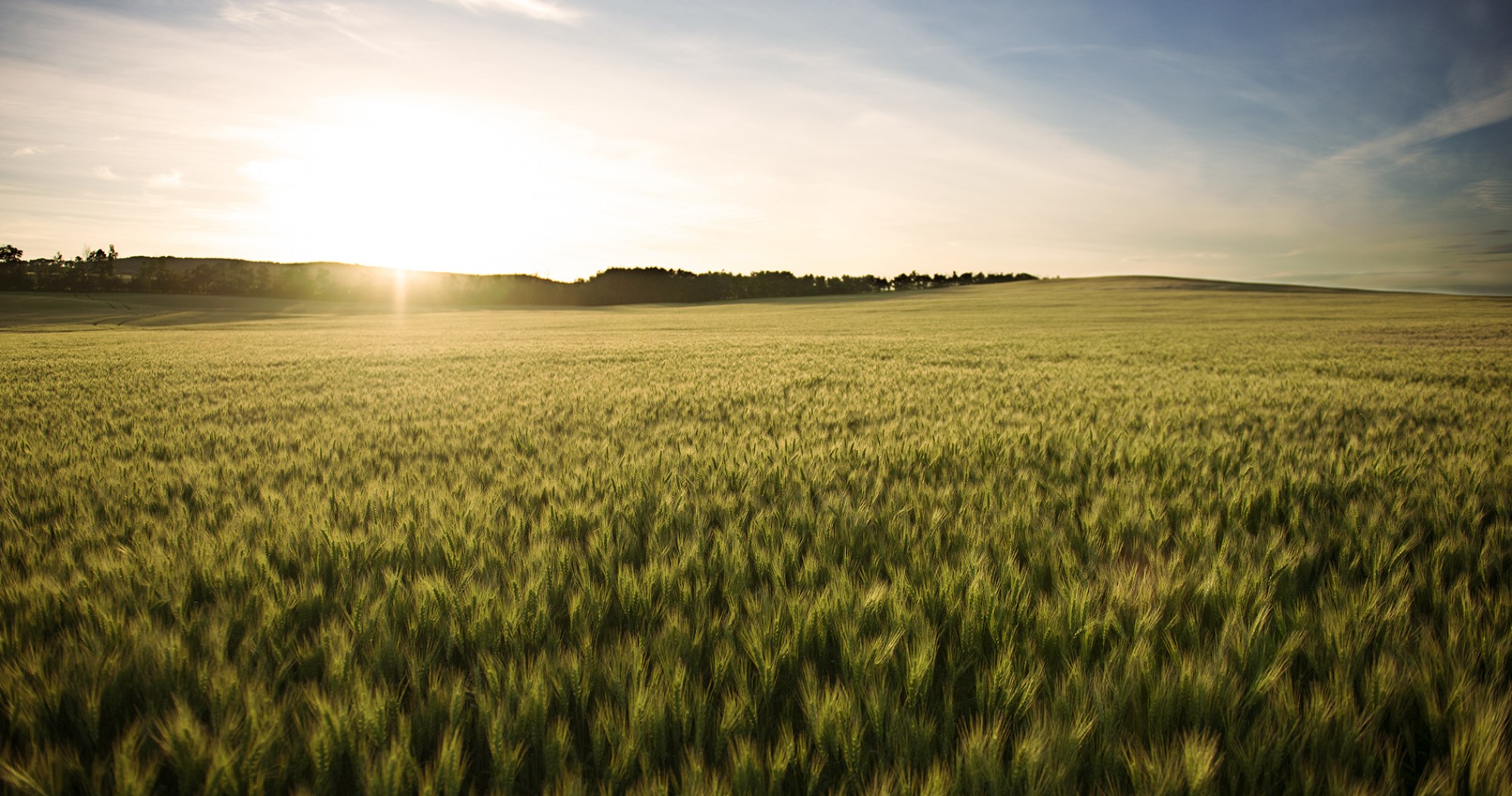What’s in a name?
Since 1900, nearly 650 distinct varieties of wheat and over 400 varieties of barley have been registered in Canada. Many are named after places (Leduc, registered 1982); others give a nod to history (Columbus, registered 1980). Some names are patriotic (Canuck, registered 1974); others suggest crop greatness (AAC Awesome, registered 2016). And some names, well, leave a reader guessing (Warthog, registered 2001). While researchers have all kinds of different strategies to name their new varieties, one thing is certain: a whole lot goes into picking the perfect name.
“Naming a new variety is very personal. It’s actually more difficult than naming your own child,” says Rob Graf, a winter wheat breeder at Agriculture and Agri-Food Canada’s Lethbridge Research and Development Centre. The issue, he says, is that each new variety’s name within a crop type must be unique, particularly if Plant Breeders’ Rights are to be applied. Whereas a child’s name can be ‘re-used’ (for example, 229 girls born in Alberta in 2019 share the name Olivia), there is a ‘one variety, one name’ policy that requires that the same name be used for a variety worldwide.
“We often think we’re really clever in coming up with a catchy new name, only to find out later that it’s not available to use,” says Graf.
A name cannot contain trademarks, misleading information, or unfounded marketing language.
Too, namers must consider what the name’s spelling or pronunciation might mean in other languages.
And there’s more: though not mandated by law, an ideal name should be short, easy to spell and not at all confusing. (Afterall, a misspelled name on a bin of certified seed invalidates the pedigree and relegates the entire bin to feed.)
The perfect name is also memorable. Jim Downey, research and development manager at SeCan says that variety name awareness is a key part of getting farmers to ask for a new variety.
“We have no proof, but we feel that a good variety name is always a benefit with marketing a new crop variety.”
Few names meet the ‘memorable’ requirement as well as the two-row feed barley CDC Dolly, noted for its ‘large, plump, uniform kernels’.
“I could tell you I named it Dolly after a calf I had on the farm when I was a child. But maybe there was a song by a certain singer on the radio when I was thinking up a name,” says CDC’s developer, now-retired barley breeder Brian Rossnagel. “Back in those days, you could do things like that and everyone would laugh and let it go.”
Many varieties are named in honour of a mentor, industry leader or other important person (usually, though not always, deceased).
AC Barrie, AC Metcalfe, CDC Austenson, CDC Buck are all named for key plant breeders. There is risk to naming after a person, however.
“You name a variety when you apply for registration, long before you know if its going to be good. If for whatever reason it doesn’t prove successful, that variety is forever associated with that name,” says Rossnagel. “You don’t want to name if after someone and then have it turn out to be a dud.”
Not surprisingly, many – perhaps even most – names carry a background story.
Columbus was so-named because it happened to be listed as row 1492 in its breeder’s early screening nurseries. The semi-dwarf six-row barley Earl - intended as a replacement for Duke – was coined thanks to one of Rossnagel’s favourite songs: Duke of Earl. And Graf named Flourish not only because he hoped it would ‘flourish’, but also because it had high flour yield (ie: ‘flour-ish’).
“I’ve always tried to choose names that mean something to me personally. People might not get the connection, but they don’t necessarily have to know. It’s enough for me to know,” says Graf.
Ultimately, of course, a name is just a name. What makes or breaks a variety is about what it can do in the field, not what’s on its label.

